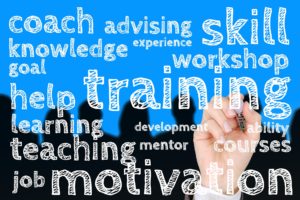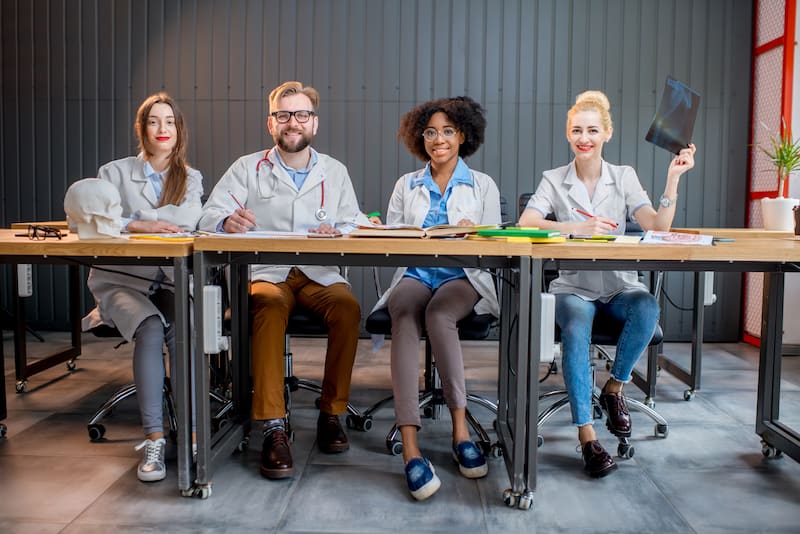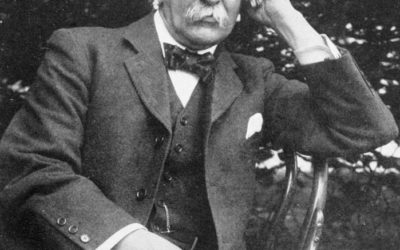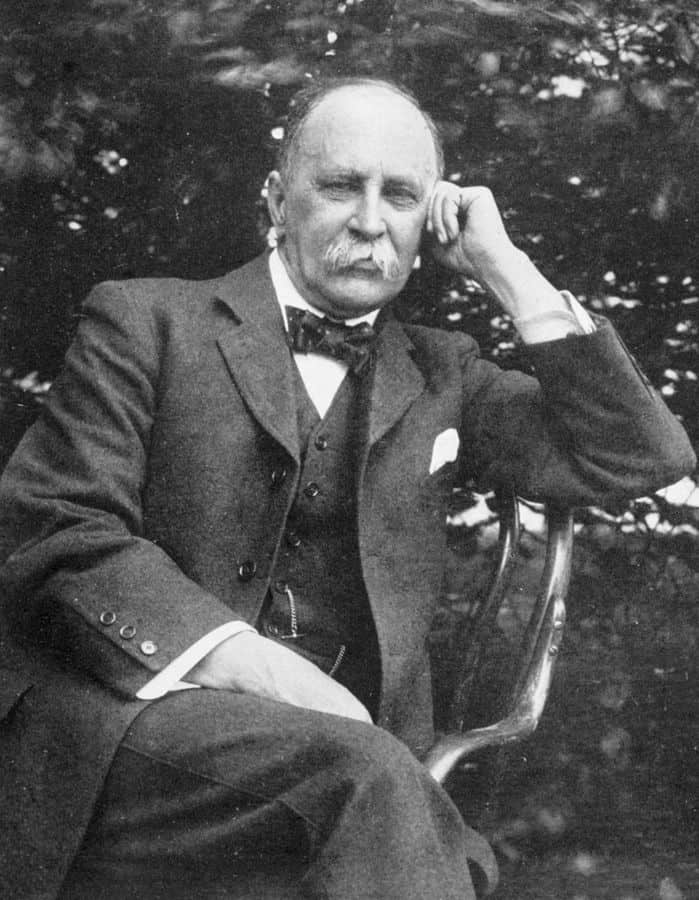A hearty congratulations on making it to this exciting phase of your career. Around Australia and New Zealand January is the time of year that we welcome a bunch of new doctors to our profession as part of the intern transition.
Here are 11 tips on handling the transition that I originally shared with the graduating class of the Joint Medical Program in their Celebration Week, November 2017.
Number 1.
Be humble and don’t be afraid to ask for help.
There’s this thing called Impostor Syndrome that affects most doctors, particularly at transition times. Know about it. It’s that thing stopping you from asking a question because logically you know you should but emotionally you are embarrassed and emotions tend to override logic.
Number 2.
Get to know those who are here to help you with the next step of your journey.
Most of us who go through medical school can remember a friendly Dean or Lecturer who helped them out and the hard-working support staff who keep everything going behind the scenes (at the JMP we call them Year Managers). Those roles still exist in the intern transition, they are just called something different:
In NSW we call the Director of Training who looks after Interns and Residents the DPET. It stands for Director of Prevocational Education and Training. In other jurisdictions, the equivalent might be a Program Director or Postgraduate Dean. Here’s a short video that explains what DPETs do and can do
Basically DPETs are here to help you with your intern transition. To advocate for and support you with your training and other needs.
JMO Managers support interns and residents in their day to day activities in the hospital. What does a JMO Manager do? Often the answer is “EVERYTHING”. The role can includes: recruitment, rostering, leave allocation, organizing pays, providing education, sorting out grievances, maintaining accreditation and being a firendly support to JMOs.
An effective JMO Manager can have a significant impact on the ability of a hospital to attract and retain junior doctors.
Jan Worsley, HETI JMO Manager’s Guide.
Number 3.
Be competent at a range of things not just excellent at one thing only.
When I reflect on the stories about the recent tragic deaths of so many of our colleagues one thing that concerns me about the current medical culture is that we seem to be (at least in some cases) still promoting the idea of the hero doctor. The problem with investing so much in a narrow identity is that if it doesn’t go well you don’t have other things to fall back on. Having a range of competencies helps with resilience and can buffer you against those “bad days” that we all have in medicine.
So,
If you used to like playing badminton. Take it up again. If you have always wanted to learn a new language or play the bass guitar but kept putting it off. Start taking lessons. If there are some friends you haven’t contacted in a while, do so now. Do this before the business and routine of a new career starts to take over or reallocate your time. These will all be important for the intern transition.
Number 4.
Remember its about life not work.
4 kind of follows on from 3. Why do we always talk about “work-life balance” and never “life-work balance”? It seems as if life is intended to take second place to work and we have to work to ensure it gets its fair allocation of our time. It shouldn’t be this way, whether you are one of the lucky few that lives to work (because they enjoy it) or works to live.
How can you start flipping work-life balance to life-work balance? It can be hard when you are in the middle of the intern transition. When you start out things like rosters and allocations and leave are not entirely under your control. But there are small things you can still do. Like making sure you take your allotted lunch time. Or say no to that additional shift that is being offered up and work with your colleagues to make sure you can all take your rostered days off.
Number 5.
Good enough is OK. You can’t be great all the time.
5 also follows on from 3 and 4. When I was a Psychiatry Trainee I found that there were always things at the end of the day that could be done for patients. The Psychiatry trainees I now work with express the same feeling. We always want to do the best for our patients and their families. But we also have to be fair and ensure we give enough time to each of our patients.
Maybe that discharge summary could benefit from a bit more information but it has the key essentials? Maybe you could spend a bit more time going over the discharge medications? Maybe you could stay back another hour to talk to the brother of the patient who has just come to visit (but you already talked to his mother this afternoon)?
Learning to prioritize tasks, manage your time and work within a team to get the job done is what makes a great doctor in my opinion. Being able to say I have done a good enough job today and I am going home to my family on time and I will be back refreshed in the morning also makes a great doctor.
Number 6.
Get Serious!
- Get some Medical Defence (if you don’t already). Spoiler alert, most hospitals don’t employ lawyers, they have insurers that have lawyers who may help you out if the interests coincide (but not necessarily). Also its really cheap (like less than $100 if you are publicly employed), which is really great value for being able to “phone a friend” whenever you need to.
- Get an Accountant. They will save you money (fairly) and save you time. It get’s harder and harder to manage your financial affairs as you progress through the system. They will also recommend that you get some:
- Income Protection. In case things go badly for your personally. Or if you are unfortunate to be injured at work, most worker’s compensation schemes don’t pay out anywhere near the salary of a doctor (and often they don’t pay out at all).
Number 7.
Get a GP.
After all they are “Your Specialist’s in Life”. Seriously every doctor needs their own doctor. ‘Nuff said.
Number 8.
Start a CV.
It makes it easier when the time comes to apply for jobs for next year. Which for everyone in Australia outside of NSW comes very quickly (like in a few months). Also start politely asking your supervisors and other team workers if they would be happy to be a referee for you.
Number 9.
Enjoy being part of a Team.
Medicine is very much a “team game” now. Take an active interest in those you work with in the intern transition. Get to know their roles, strengths and capabilities. It will make your own life at work so much easier. Becoming good at team work will set you up nicely for the rest of your career.
Number 10.
Don’t Be a Bystander.
Sadly, bullying, harassment and workplace incivility does occur in our workplaces. The limited evidence is that it is the observers of this behaviour that are in the best position to intervene. We all have a role to play in improving the culture.
Number 11.
Be a teacher.
Doctor is derived from the latin word ‘docere’, which literally means “to teach.”
There is a long history of teaching in Medicine and doctors who have the opportunity to teach are generally happier in their work.
There are also lots of great teaching courses now to help you improve your skills.



